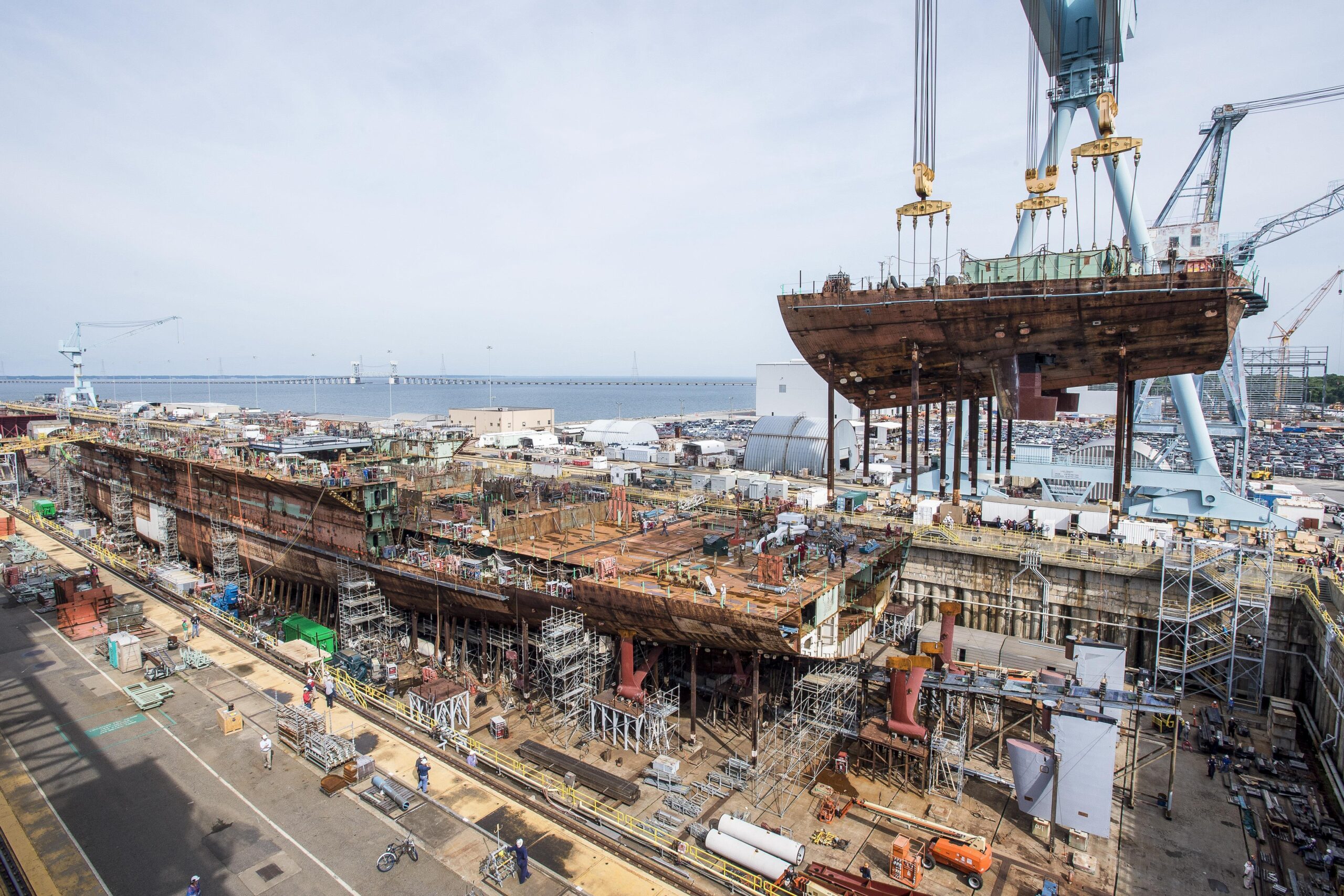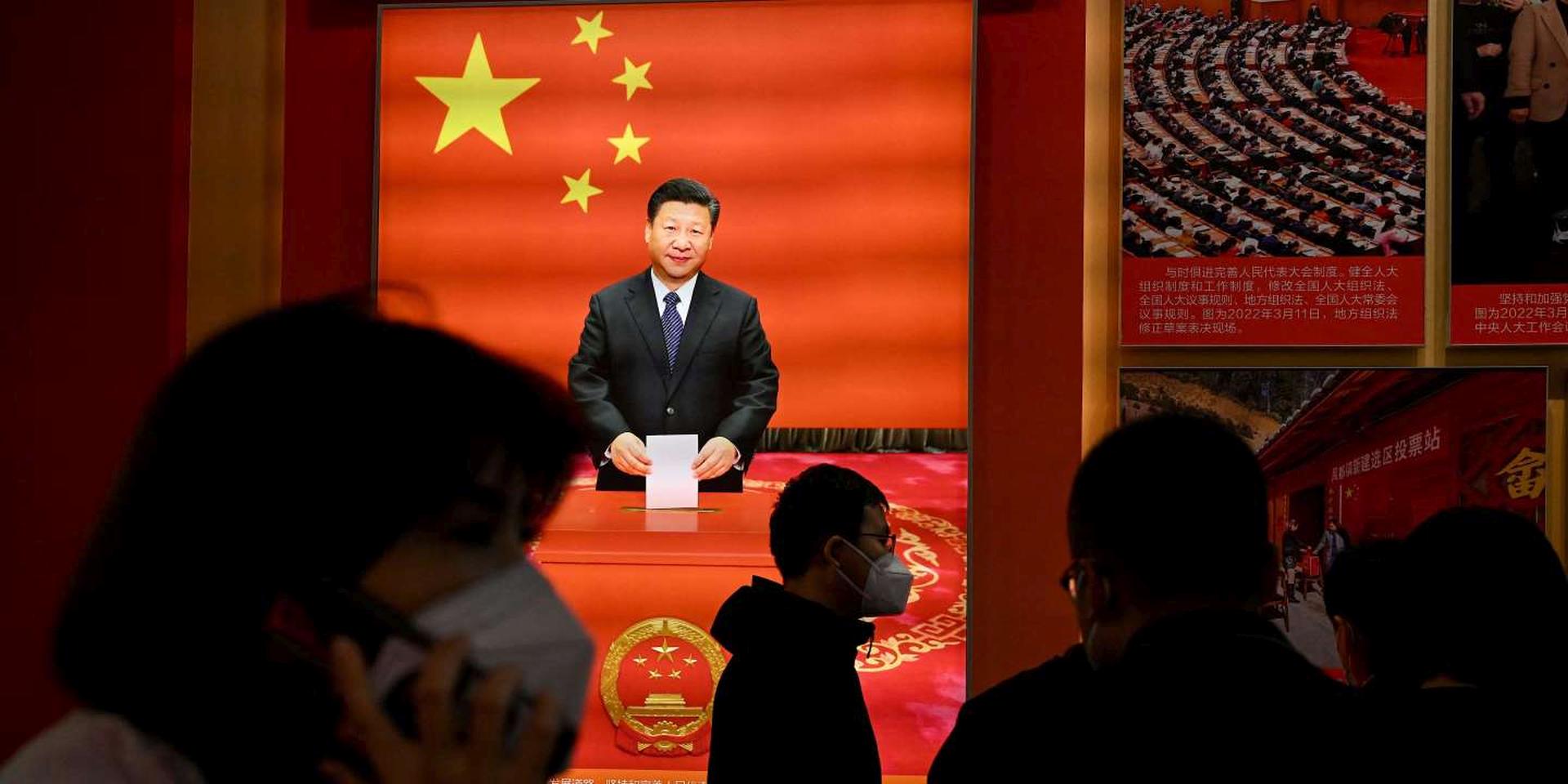The Pentagon’s top acquisition official today underscored the importance of the defense industry’s ability to produce new capabilities amid a rapidly changing technology landscape.
William A. LaPlante, undersecretary of defense for acquisition and sustainment, said that while anticipating future requirements remains essential, the ability to prepare for rapidly emerging threats is critical.
“You can predict all you want; you need to predict, but you also have to be prepared that something, overnight, can just change,” LaPlante said during the McAleese Defense Programs Conference in Washington.
The annual conference serves as a forum for defense officials, members of Congress, and industry stakeholders to discuss defense priorities.
LaPlante noted rapid changes in key technologies require constant adaptation by defense leaders and industry to maintain the United States’ edge.
“Particularly in areas like counter [unmanned aircraft systems] right now,” he said. “It’s rapidly changing overnight.”
He said new UAS systems being fielded by adversaries are often platforms that can be fielded quickly, adding to the challenge in fielding systems to counter them.
“It’s not necessarily high tech,” LaPlante said, adding that UAS platforms often are low-tech solutions.
“That’s why it’s hard,” he said. “The defenses may be higher tech, and we’re having to adjust them all the time because the adversary is adjusting.”
LaPlante said that it is not only critical to prototype new technology in response to quickly evolving threats, but to quickly scale production of those new systems.
“I’m trying to make sure that we’re always thinking about this production part of things,” he said. “Because, actually, in the prototyping and the ideas part, we’re actually doing pretty well.”
LaPlante said succeeding in the emerging national security environment and meeting the pacing challenge of China, requires pivoting away from manufacturing models that don’t allow for buffers against potential need and focusing on building production capacity.
That pivot will require a steady demand signal from the Defense Department and collaboration between the government and industry.
“We need your help,” LaPlante said, adding that adversaries are watching how the Pentagon and industry come together to meet future demands.
“What I do, and I know all of us do, is we watch from [intelligence] or from other sources how quickly our adversaries are able to spin up their production,” he said. “They’re watching the same thing with us.”




















Discussion about this post